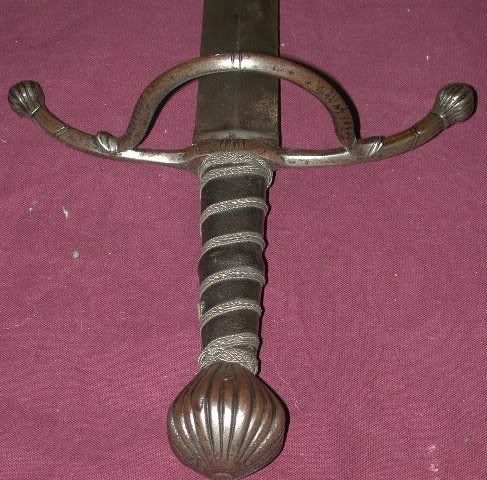
 |
|
|
|
|
#1 | |
|
Member
Join Date: Feb 2005
Posts: 237
|
There are a couple of threads about some of my objects that are pretty old (ca. 2000) yet have, I think some interest still.
  This was my original post Quote:
Ah, yes ... the original thread is here http://www.vikingsword.com/ubb/Forum5/HTML/000018.html |
|
|
|

|
|
|
#2 |
|
Member
Join Date: Sep 2008
Location: PR, USA
Posts: 679
|
So what if it's a composite..? When blades were kept in the family, they often underwent repair and upgrades. The part of the sword that most suffers is the hilt, being in contact with salty sweat. They don't last forever.
The fact that it has been repaired or serviced leads more credence to the genuineness of a weapon, compared to one that shows very little wear. Regards M |
|
|

|
|
|
#3 | |
|
Member
Join Date: Jan 2007
Posts: 181
|
Quote:
|
|
|
|

|
 |
|
|